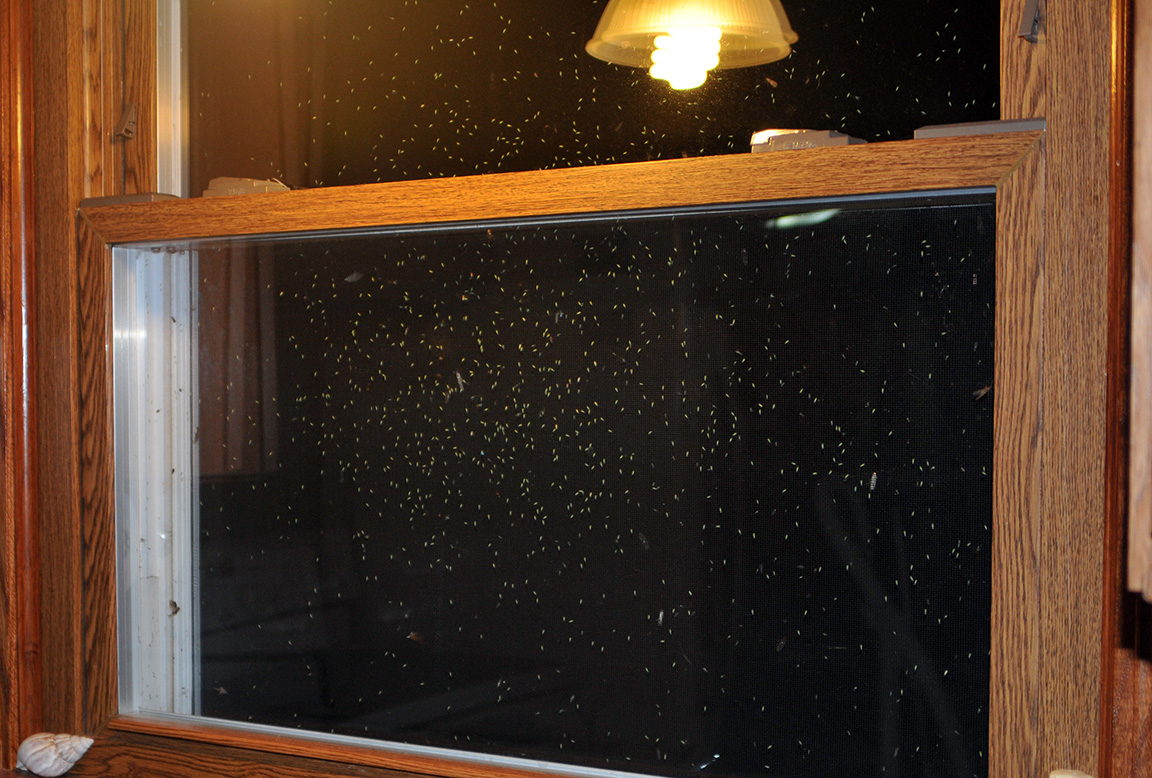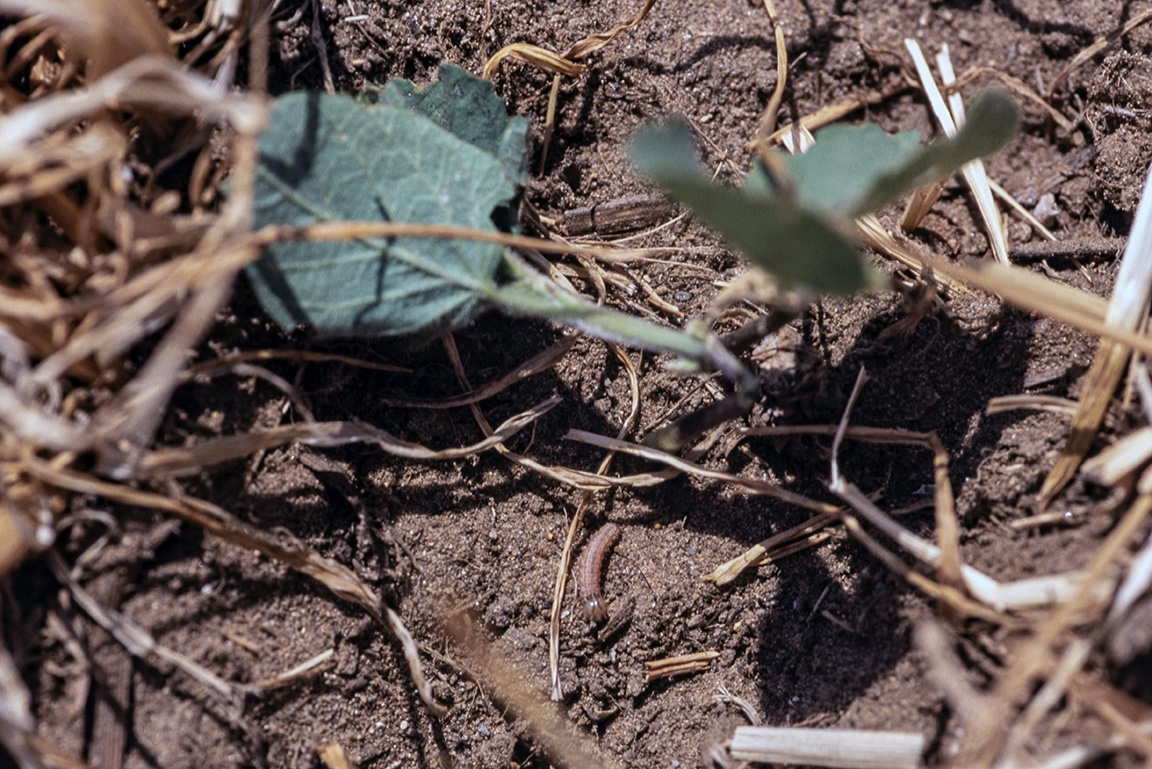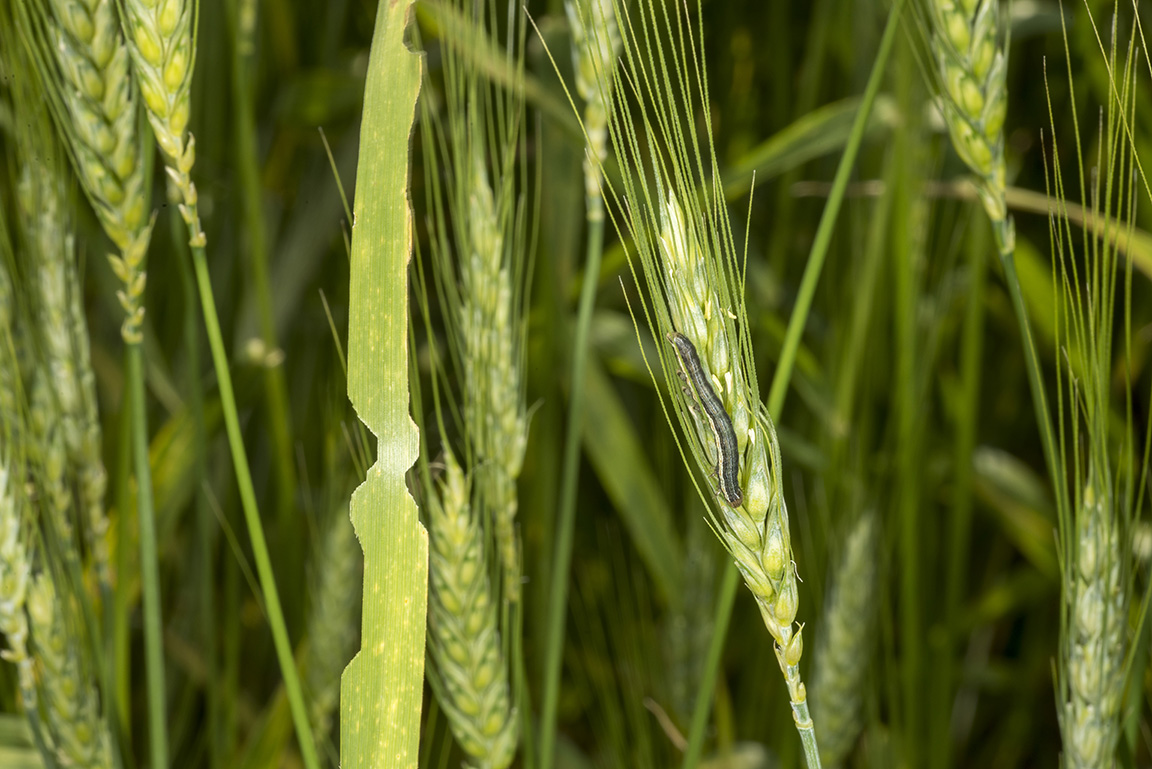
Weather systems originating in the south will often carry insects north with them.

Weather systems originating in the south will often carry insects north with them.
Armyworm Pheromone Trap Report – 2020

Armyworm primarily feed on grasses.
Armyworm Pheromone Trap Report – 2020

Armyworm moth captures have varied this spring, with some being quite impressive (see “Armyworm Pheromone Trap Report”).
Armyworm Pheromone Trap Report – 2020
Armyworm Pheromone Trap Report – 2020
Armyworm Pheromone Trap Report – 2020
Armyworm Pheromone Trap Report – 2020
Armyworm Pheromone Trap Report – 2020
© 2024 Purdue University | An equal access/equal opportunity university | Copyright Complaints | Maintained by Pest&Crop newsletter
If you have trouble accessing this page because of a disability, please contact Pest&Crop newsletter at luck@purdue.edu.